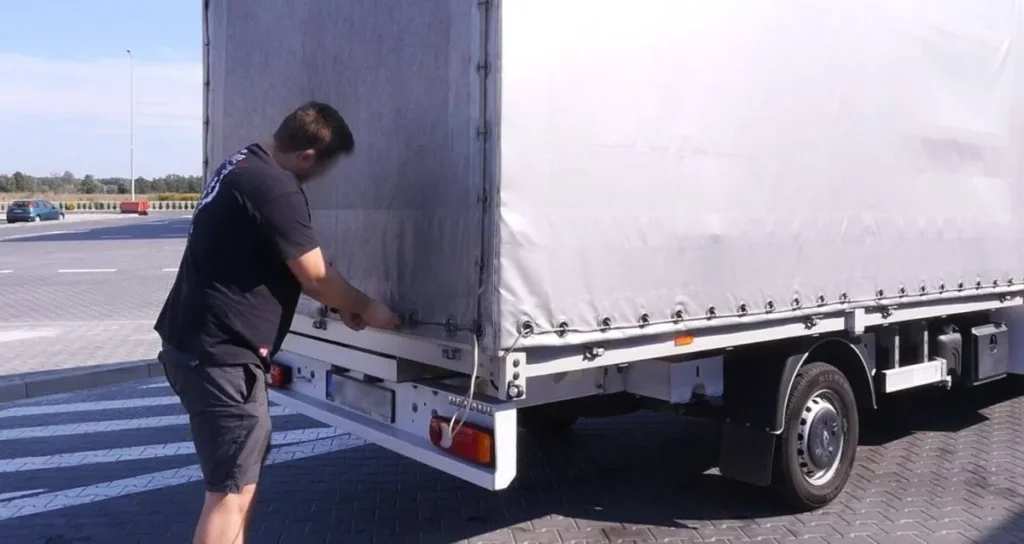Germany, long considered one of Europe’s freight powerhouses, now finds itself at the centre of a demographic crisis in road transport. While the report highlights a global shortfall of 3.6 million truck drivers — a figure that has remained steady compared to 2023 — the apparent stability conceals the growing challenge beneath: a rapidly ageing workforce with very few young drivers entering the profession.
The IRU’s 2024 Global Truck Driver Shortage Report reveals that 45% of Germany’s truck drivers are over the age of 55, a share that continues to rise. With more than 17% of the European trucking workforce expected to retire by 2029, Germany is set to feel the pressure acutely, both in domestic freight operations and in cross-border transport flows that are vital to the EU single market.
“The truck driver shortage crisis continues to deepen with, most alarmingly, an ever-widening chasm between young and older drivers,” warned IRU Secretary General Umberto de Pretto. “Without concerted and continuing action, this demographic timebomb will explode, seriously impacting economic growth and competitiveness across the globe.”

Source: IRU
The IRU’s findings show that this is not just a German issue. In Poland, another key player in European road freight, just 3% of drivers are under 25. Italy (2.2%) and Spain (3%) report similarly low levels. Across the 35 countries for which data was available, young drivers make up just 6.5% of the workforce — a figure that dropped by 5.8% from the previous year. This decline occurred despite a 1.4% increase in young workers in the general labour force over the same period.
The discrepancy indicates that young people are entering the workforce — just not the trucking industry.
This trend is particularly problematic for Germany, where the logistics and manufacturing sectors rely heavily on a stable and responsive road freight network. The lack of incoming talent, combined with a wave of impending retirements, could soon create bottlenecks in supply chains that are already strained by capacity issues and regulatory pressures.
Yet, despite the growing concern, the IRU report challenges the assumption that pay or job satisfaction is deterring young drivers. On average, truck driver salaries in the regions surveyed are 30–135% above the base cost of living, and the IRU found no correlation between pay levels and the severity of shortages.
A parallel survey conducted with Truckfly by Michelin, involving 1,100 drivers across seven European markets, found that 81% of drivers are satisfied with their job, with 57% describing themselves as very or extremely satisfied. The report notes that drivers under 25 showed the highest satisfaction levels, indicating that the core issue is access and perception, rather than working conditions or retention.
“There isn’t one magic bullet to solve the crisis,” de Pretto acknowledged. “But this report points towards key solutions to start closing the widening age gap and treating drivers with more respect and dignity.”
Among the IRU’s recommendations are calls for governments to integrate professional driver career paths into national education systems, remove unrealistic age thresholds for licensing and qualification, and invest more in secure, well-equipped parking and rest facilities — a key concern identified by 91% of surveyed drivers.

Source: IRU
The IRU’s 150-page report also includes a comprehensive driver barometer, a breakdown of driver demographics by country, and analysis of the economic outlook for road transport operators. In naming Germany and Poland as countries where the “widening structural gap” between younger and older drivers is particularly severe, the IRU has made it clear: Europe’s logistics leaders must act swiftly or risk a capacity crisis within the decade.
As the German road freight industry enters a period of demographic reckoning, the challenge is not simply to raise wages or boost job satisfaction — but to ensure that truck driving is seen by the next generation as a viable, valuable, and accessible career.









